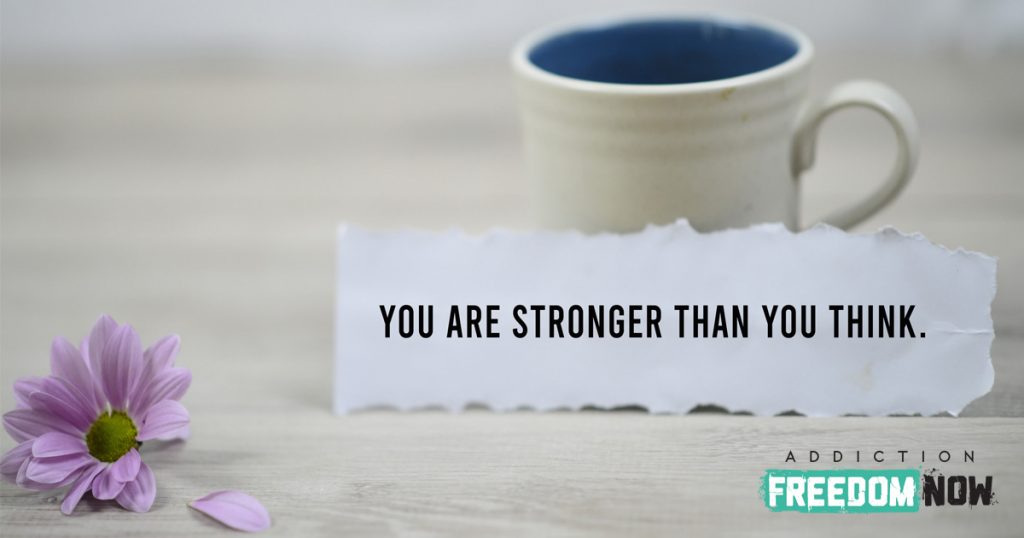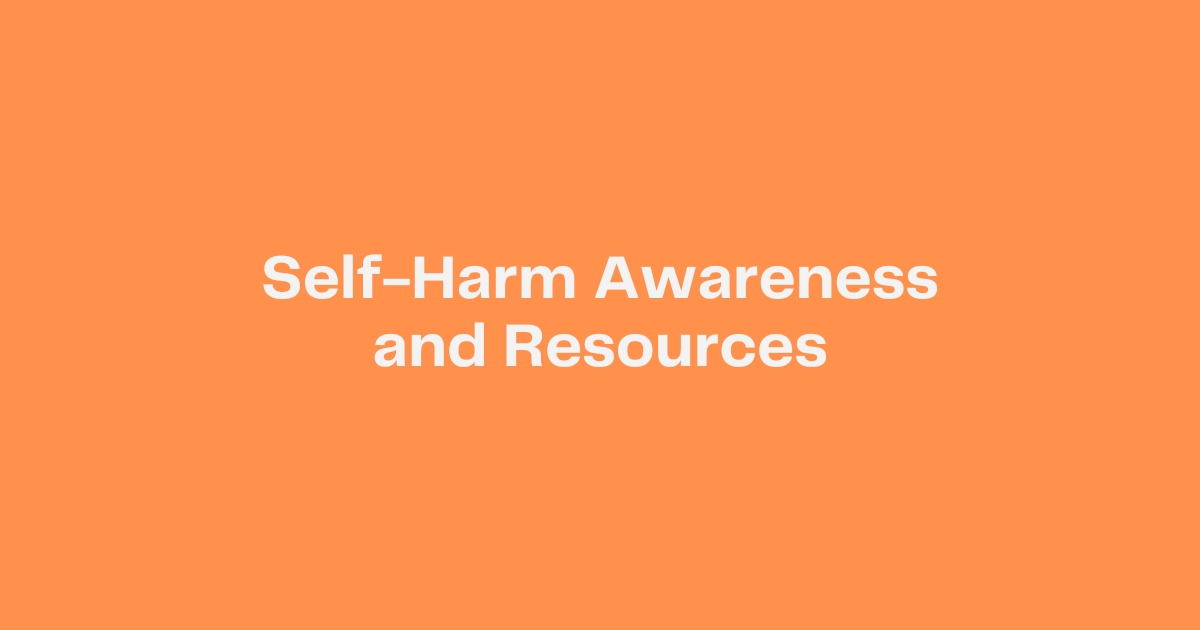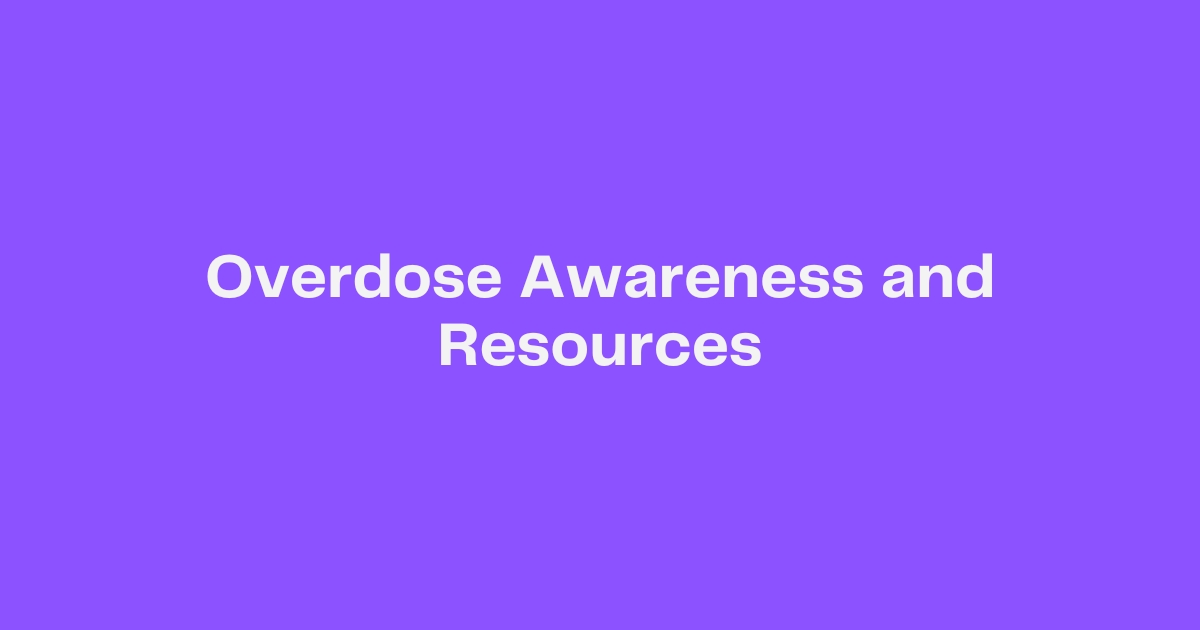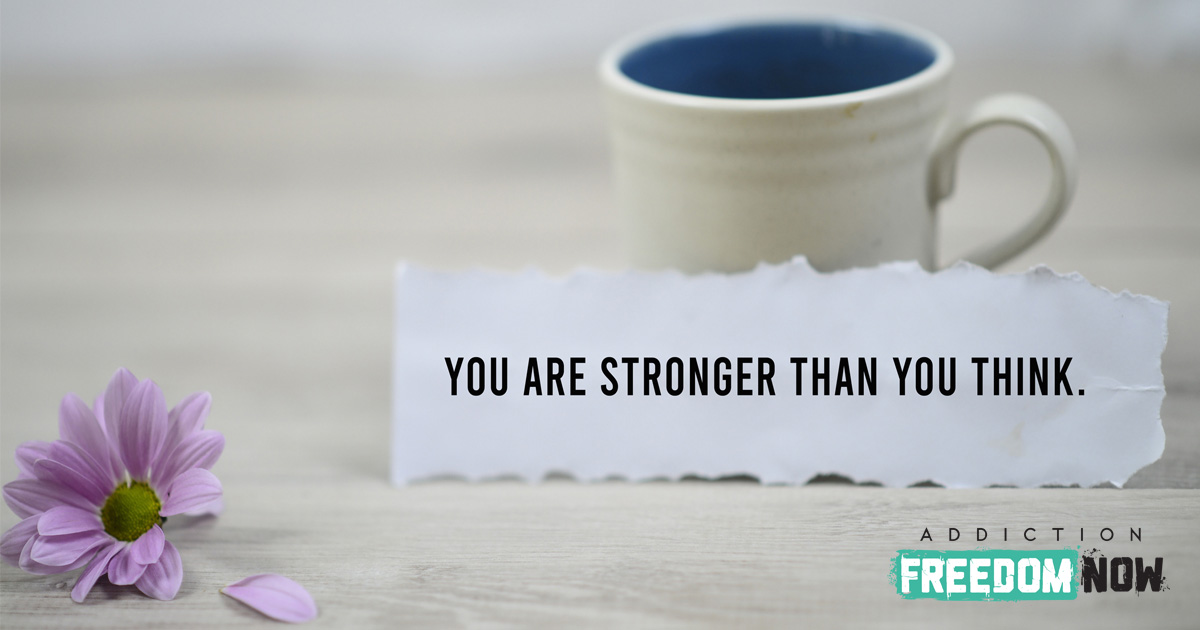Navigating recovery from substance use disorder (SUD) can be a complex and even daunting scenario for many people with SUD. In fact, the very idea of recovery and the uncertainty involved may prevent some from seeking help in the first place. That’s why it’s essential for people with SUD, as well as loved ones of those with SUD, to understand how recovery works by accessing essential addiction recovery resources.
Why Is It Important to Understand Recovery?
Recovery may sound like a simple choice, but there are several steps involved in the process, as well as many tips to consider to improve the overall journey.
While in recovery, you or your loved one can begin to learn more about yourself, the treatment process, the various stages of recovery and what to expect, and even your personal triggers and how to handle them. In fact, one of the biggest advantages you can have in recovery is the ability to always learn and gain insight. Recovery is a journey, not a destination, and staying on the journey is the key goal.
Recovery education and tool-building are beneficial for family and friends, as well.

SUD can be debilitating, and loved ones may struggle to make sense of the situation. With resources at your disposal, everyone can benefit from recovery and move forward with a healthier, more hopeful perspective.
The Five Stages of Recovery
While there are many views of recovery, it can generally be broken down into five steps. Both loved ones and people with SUD can benefit from understanding them all. As noted, this isn’t the only recovery model that can benefit people with SUD, but it’s arguably the most common.
1. Pre-Contemplation
During pre-contemplation, people with SUD don’t believe they need help and often become defensive when approached about their substance use. Some people remain in this stage for long periods of time, whether due to previous failures to move forward from this stage and receive help or even simple denial. People in this stage tend to focus on how their substances improve their lives without looking at the negative consequences. This stage may seem hopeless, both to the individual and to their loved ones, but don’t be fooled – there is always hope.
2. Contemplation
As you might have expected, contemplation is the next stage in the recovery process. At this stage, people become aware of the damage substances can do, and the person in question may be open to discussion about SUD. However, it’s important to remember that people in this stage may still not be committed to making a change or seeking help.
People with SUD may also still believe their substances are a positive factor in their life, which is important for loved ones and professionals to remember. In order to help people with SUD move forward in this process, it is important to avoid blame and refrain from shunning them for previous decisions. Rather, it’s crucial to approach them with sincerity and calmness.
3. Preparation
Once someone with SUD is committed to seeking help, they move into the preparation stage. Some people attempt to skip this step and go right into Action (stage four), but it’s crucial to make preparations before jumping in blindly. In this stage, professionals can gather any relevant information about the individual in question and determine which treatment methods will be most effective.
4. Action
Once preparations have been made, the individual begins making changes to benefit their overall health. For example, someone may begin researching new coping strategies and employing them to manage their identified triggers. It’s also important that this stage is navigated with the help of a licensed counselor or therapist, as doing this work alone can be difficult.
5. Maintenance
The final stage, maintenance, involves the individual maintaining their recovery strategies. In large part, this consists of avoiding known triggers that can result in relapse and utilizing relapse prevention tools like coping skills to deal with triggers that can’t be avoided. One critical strategy to consider is reminding yourself or your loved one of the progress made and providing encouragement to abide by recovery plans set in previous stages of the process.
The Three Rs of Recovery
Another way to look at recovery is with the Three Rs of recovery.
These three strategies are simple to remember and can help you or your loved one address difficult situations and triggers that come up during recovery.
1. Refocus
It’s easy to be swept away by the thousands of distractions we experience daily. People in recovery often have kids that need attention, hectic work schedules, school responsibilities, or other situations that arise to create stress and tension. When these stresses once led someone to indulge in substances, it’s important to refocus.
Refocusing allows you to step away from the stresses you are encountering and identify them for what they are: potential triggers. Refocusing can help you recognize what can trigger the desire for substances. It’s important to be honest about what those triggers are and work with an experienced therapist to begin finding solutions to the issue.
2. Realign
Realigning involves the individual restoring themselves to a previous version of themselves without substances.
Some people may believe the past was worse than the present, but the idea is to revert to a time when you weren’t using substances as a means to navigate daily stresses.
In this context, realigning is about acknowledging that you need to make a change and then establishing your goals so you’re not using substances as a way to cope.
3. Renew
Once you’ve understood what needs to change and have realigned your priorities, you can begin to feel renewed.
By living a life free of substances, you can move forward in recovery using healthier coping strategies and reclaiming the joys of daily life.
You can also provide hope to those going through similar experiences.
A Six-Step Mindfulness Resource
Mindfulness is the practice of focusing on the present to address current challenges instead of ruminating over past actions or potential experiences. This resource is designed to help those in recovery enhance their overall experience, find coping strategies that are healthy, and instill confidence and hope for all involved.
This resource can help individuals in the following ways:
- Creating positive changes by helping individuals gain personal insight
- Navigating difficult situations in a group setting
- Learning new practical skills with the help of coaches and peers
- Improving goal-setting abilities and providing a sense of hope
Part One: Setting Goals
Many people get stuck in negativity loops when they create goals that are based on others’ expectations. In order to create and accomplish goals, ensure that they’re meaningful to you, and ultimately achievable. Begin by creating goals that are small and can be completed to further your progress.
For example, rather than focus on complete healing within six months, focus on refraining from substances for a day.
Not only is the latter goal easier to complete, but it can motivate you to achieve bigger goals down the line. Start small and work your way forward to ensure the best results. Write down your goals, and find a way to note your progress.
Part Two: Finding Success
After you set goals, you’ll want to ensure you’re successful in achieving them. Everyone measures success differently, but for our mindfulness resource, we want you to think about success in a specific way.
Start by thinking about a time when you felt you did a good job. This should be a moment where you were satisfied with what you did and how you performed.
Once you have a moment in mind, answer the following questions:
- What was the specific situation? Be as detailed as possible.
- What made this successful or satisfying?
- What were the outcomes of your actions?
- What personal strengths or qualities do you believe were highlighted by this situation?
- Can you use these strengths again in a future situation?
Consider participating in these mindfulness strategies as you workshop your recovery. Feel free to write down your answers to the questions and keep them for future reference.
Following these prompts helps you to understand what your strengths are and how they can be used for good in recovery. It’s easy to feel invalidated or insignificant, but the reality is that everyone has a set of strengths unique to them. This exercise helps you find yours and instills hope for a brighter future.
Part Three: Connecting Your Thoughts with Well-Being
Your overall health and actions are influenced by your mental state. If you continue to believe negative or nihilistic thoughts, your actions will reflect that. Cognitive bias occurs when your perception of outside stimuli affects how you think and what you believe. This can all be difficult to understand and change, but it’s possible with effort and assistance. With a more positive mindset, you can begin to reframe how your mind works and begin to seek more positive and hopeful situations.
Consider the following questions:
- What negative thinking traps do you experience? These can include overgeneralization, demanding too much from yourself, undermining your achievements, and more.
- How do these negative thoughts affect your perspectives, emotions, and actions?
- How can you adjust your thinking habits to make them more positive?
Changing how you think takes a significant amount of time and effort, but it’s absolutely possible. Speak with a counselor or therapist who can help you complete these steps if needed. When you think more positively, you’re less likely to need substances to get you through the day.
Part Four: Connecting Your Actions and Thoughts
You can change the world with your actions, either positively or negatively. You decide what you want your future to look like. By reframing your negative thoughts with positive ones that can inspire others and create meaningful change, you can live a life full of hope, not harmful substances.
In order to get the most out of this resource, think about your daily activities. How can you perform these activities without falling into negative thinking patterns? Are the activities you’re participating in meaningful or healthy?
Also, consider what thoughts are empowering to you. What thoughts instill confidence in you and help you navigate your daily routine? Write these down so you can remember them for future reference.
Part Five: Revisiting Your Goals

Not only should you consider the goals previously set, but think about your goals today. Have any of them changed? What types of support do you need to complete the goals you’re working on today? Taking the time to reflect on your previous goals and how they’re different today can be time-consuming, but it’s worth it in order to gain the most benefits from mindfulness.
After you’ve reflected on your past goals, think about how your efforts will impact your future.
For example, ask yourself the following:
- Are there any positive changes you notice when stresses arise?
- What have you learned about yourself through this process? Are you happy with these positive changes?
- How can you move forward with these changes?
- What do you think your future will look like with more positive changes?
While mindfulness focuses on the present, there’s no harm in recognizing positivity and feeling motivated to make more progress, even if it involves considering the future.
Part Six: A Letter to Your Future Self
After considering everything in the previous steps, think about your future self in six months. Of course, if you’d rather imagine a full year or decade from now, that’s okay as well.
Consider the following questions:
- What goals will you have completed?
- What new goals will you set or have completed?
- What would your future self want your current self to know?
- Overall, what will you be like in the future?
Once you ask yourself these questions, write-out the answers, and compose a letter to yourself. Describe to your future self where you’re at now, what you want to learn, and more. Take care to encourage yourself in both the letter and in the future to keep working toward positive change. When the time comes, read your letter and evaluate the progress you’ve made.
More Resources:
Addiction Freedom Now: Addiction Recovery Resources
Our primary objective is to foster an environment where individuals grappling with substance abuse are encouraged to share their recovery experiences, trials, and triumphs, all in a secure and supportive space. Our ultimate aim is to empower those in need to seek the necessary care and support. We extend a warm invitation to you to become a part of our community and join our collective effort to combat the stigma surrounding mental health.
Addiction Freedom Now is fully committed to offering a wide range of comprehensive resources aimed at facilitating their recovery from addiction or fostering a deeper understanding of its far-reaching effects on both individuals and communities. By subscribing to our addiction recovery community, you not only gain access to the latest and most vital news and information, but also join us in our collective mission to create a world that is safer and healthier for everyone. Together, let us strive towards a future free from the chains of addiction and make a positive impact on our society.







